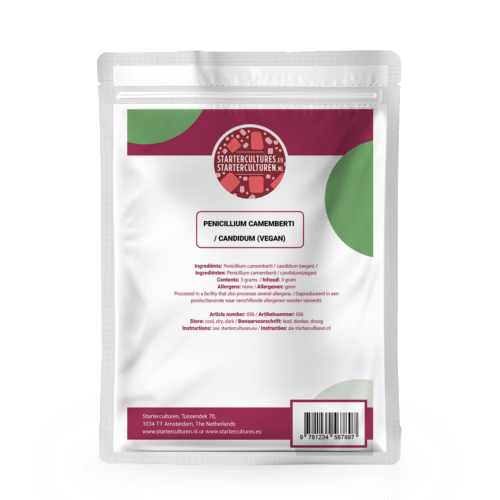How to make -real fermented- vegan cheese at home
Remember those sad, rubbery blocks that passed for vegan cheese a decade ago? Thank goodness those days are behind us. Thanks to dedicated pioneers and fermentation enthusiasts, we can now create vegan cheeses at home that actually compete with their dairy counterparts in both taste and texture. In this blog we’ll teach you how to.

What is the main ingredient in vegan cheese?
Traditional cheese starts with milk. Vegan cheese? Well, it gets creative with plant-based ingredients. While it’s tempting to try use plantbased milks such as soy or oat milk, the result will be disappointing. Most of these ‘milks’ contain only minute amounts of the building blocks of cheese: proteins, fats and carbohydrates.
You need to go nuts baby! Cashews are the MVP here thanks to their neutral flavor high level of proteins and fats. The challenge (and the fun part!) is coaxing these plant ingredients into something that genuinely behaves like cheese.
First, let’s delve into the history of plant-based cheese.
The vegan cheese evolution: from bouillon cube to real fermentation
Vegan cheese has gone through a number of distinct generations, and honestly, it’s been quite the journey:
- 1
First Generation: This was all about faking cheese flavor with nutritional yeast, miso, vinegar, and loads of flavor enhancers like garlic and herbs. Structure came from agar-agar, carrageen, or starches. Functional, but not exactly fooling anyone.
- 2
Second Generation: Enter fermentation! This is where things got interesting. We started using actual microorganisms—mostly bacteria—to develop real flavor. Think rejuvelac, (vegan) yogurt or kefir, sauerkraut juice, or even probiotic pills as starters for our cheese. Better than nutricious yeast, but still not great because most of these microbes are normally not found in cheese.
- 3
Third Generation: Now we’re talking! This is where cheese lovers get excited. It’s all about the magic of fermentation. We’re making “real cheese” from plant sources, using real vegan cheese cultures and mold cultures for authentic taste and texture. I
Yes, actual vegan cheese cultures exist
The reason the third generation of vegan cheeses is so much better is not just that they are fermented, but that they are fermented with actual cheese microbes. Literally the exact same ones that give us camembert, brie, gorgonzola or Gouda. Yet, they have been cultured in a non-dairy medium, meaning that they are actually vegan.
What is fermentation and how does it make your vegan cheese better?
Here’s the thing about fermentation—it’s not just some trendy buzzword. It’s literally what creates the complex, layered flavors we crave in great cheese. When microorganisms get to work, they break down proteins and fats into smaller, more flavorful compounds. Think about the difference between fresh milk and aged Gouda, or the depth of a traditional camembert or roquefort cheese. It’s the work of microbes.
This process isn’t unique to cheese either. Some of our most beloved flavors come from fermentation: the umami depth in soy sauce and miso, the tangy complexity of sourdough bread, the rich funkiness of aged salami, or the bright acidity in good wine or kombucha. Even chocolate gets its distinctive flavor partly through fermentation of the cacao beans.
Without fermentation, we’d be stuck with one-dimensional flavors—and frankly, that’s where a lot of early plant based cheeses went wrong.

How to make real fermented vegan white mold cheese in 10 steps
Time to focus on making a third-generation vegan white mold cheese—think camembert-style vegan cheese. This process demands patience and precision, but trust me, the results are absolutely worth it.
Ingredients
Materials you’ll need:
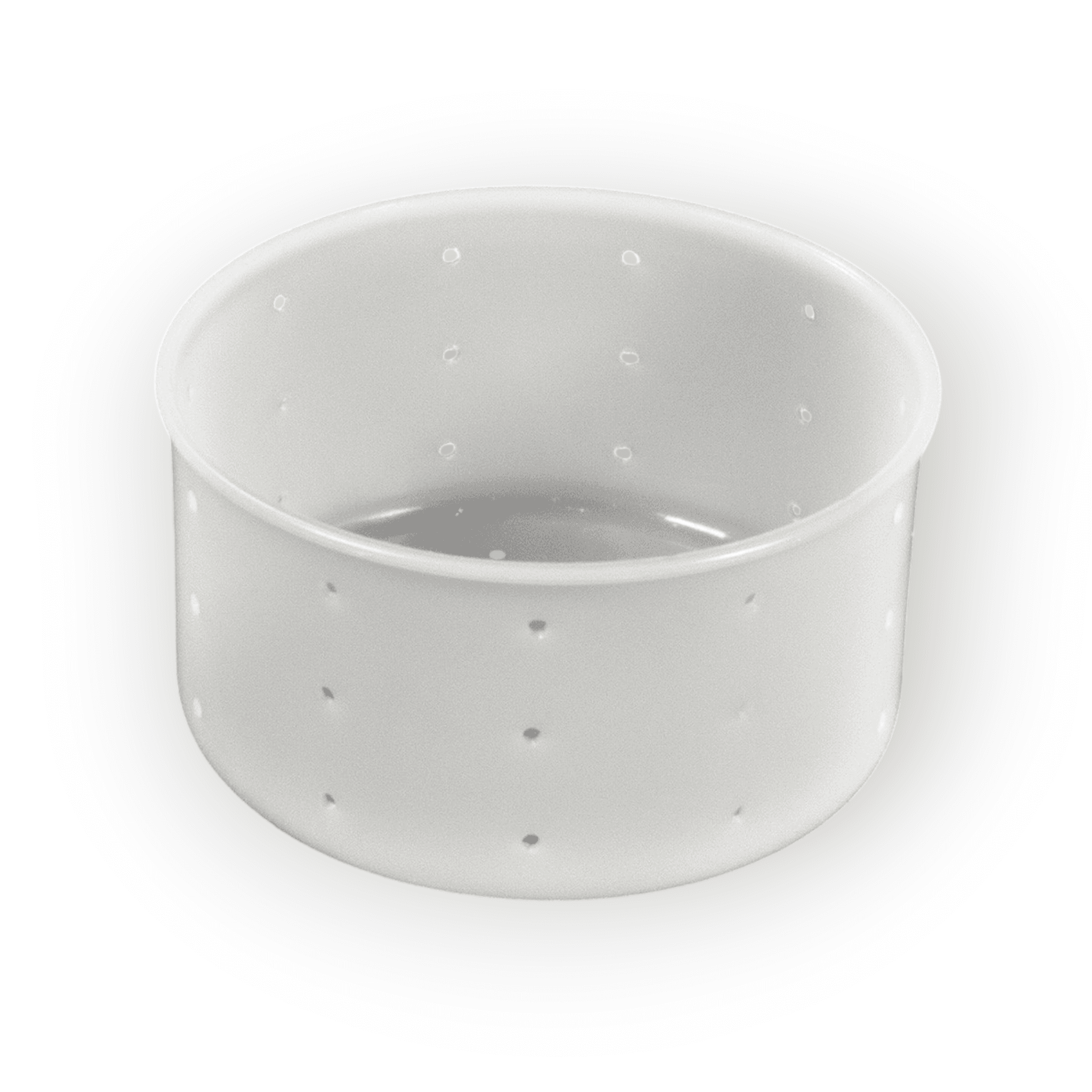
The step-by-step process of making vegan camembert:

- 1Step 1: Clean Everything – Hygiene is absolutely crucial here! Make sure all your materials and hands are spotless, and keep that standard throughout.
- 2Step 2: Soak Those Nuts – Soak the raw cashews overnight in plenty of water. You’ll get roughly 1.5 times the weight in soaked cashews compared to dry ones.
- 3Step 3: Blend to Perfection – Drain the cashews and blend them in your food processor with about 20% extra liquid (water). This is where you’d add that 10-20% coconut oil if you want extra richness. Blend until you get the smoothest mixture possible.
- 4
Step 4: Start the Magic (Fermentation) – Add your primary starter culture and secondary cultures like P. camemberti (and maybe G. candidum). Add transglutaminase 1% now. Blend some more.
- 5Step 5: Shape It – Line a cheese mold with cheese cloth (or a clean tea towel). No mold? Make your own! Spoon the cashew cream into the form.
- 6
Step 6: Primary Fermentation – Let the cheese ferment for about 24-36 hours. If you’re a nerd with tools: tou’re aiming for a pH of 4.5-5.0.
- 7
Step 7: Salt Time – Remove the cheese from the mold, weigh and sprinkle all sides with about 2% sea salt (based on the cheese’s weight).
- 8
Step 8: Secondary Fermentation (Mold Growth) – This is where the white mold works its magic. Place the cheese on a sushi mat inside a plastic container that’s slightly ajar (for air circulation and high humidity). Ideal temperature is 10-12°C (a cellar, shed, or reluctantly, your fridge). Flip the cheese daily. No really, daily! After about 1.5 to 2 weeks, you should see a beautiful white fuzzy coat.
- 9Step 9: Age It – Once the mold is well-developed, wrap your cheese in cheese paper or aluminum foil. Let it age 1 to 6 weeks in the fridge. The pH might rise to 7.0 during aging, and you might notice a slight ammonia smell—totally normal for this type of cheese.
- 10Step 10: The Moment of Truth – Cut into your homemade vegan camembert and savor the fruits of your labor!
A Quick Word About Transglutaminase (Don’t Panic!)
Before you start googling “transglutaminase” and getting spooked by scary-sounding articles, let me put your mind at ease. Yes, it’s sometimes called “meat glue” in professional kitchens, which sounds absolutely terrifying. But here’s the reality: transglutaminase is simply an enzyme that creates protein bonds. Your body actually produces it naturally—it’s essential for blood clotting and wound healing.
In cheese making, this enzyme – which is vegan and produced bt microbes – is absolutely crucial for vegan varieties. Without it, your beautiful cashew creation will likely crumble and fall apart when you take it out of the mold. Traditional dairy cheese gets its structure from casein proteins that naturally bind together during the cheese-making process. Since we don’t have casein in plant-based ingredients, transglutaminase steps in to create those protein networks that give cheese its sliceable, holdable texture.
The amount we use is tiny—just 1% of the total weight—and it’s completely safe when used properly. Just handle it like you would any other kitchen ingredient: don’t inhale the powder (it can be irritating), wash your hands after use, and store it properly. That’s it. No drama, no danger, just better cheese structure.
Where to source your supplies

For specific cheese cultures and other specialized ingredients, you’ll want to find shops that specialize in fermentation and cheese-making supplies. You’re in luck, that’s us: startercultures.eu. We offer more than 200 fermentation related products for all your home fermentation needs. From kombucha scobies to koji for miso and from regular cheese cultures to vegan ones.
Tips and variations
Using this basic recipe, you can start to play around. For example: vary the type of primary starter culture, or use a combination. Each will give you a different type of cheese. There’s even a vegan thermophilic cheese culture, best for cheese with long ripening times. Or, you can try different types of molds: we even have a blue mold available.
Making hard vegan cheeses that are also fermented is quite difficult. The binding agents we need for firm structure—agar, carrageen, starches—require heat. But that same heat kills the bacteria responsible for fermentation. It remains an intriguing challenge for adventurous vegan cheese makers!
For blue cheese lovers: the characteristic “veins” need oxygen inside the cheese for the mold to develop. You can achieve this with gas-producing starters (like Leuconostoc), a technique called “cheddaring,” or simply by poking holes in your cheese.
There’s still much to explore!
Want to learn more? Online course on how to make real fermented vegan cheese
During this English subtitled online workshop vegan cheese you will learn the theory and practice of making vegan cheeses at home, with a focus on vegan camembert and vegan blue cheese. Foodwriter ‘Meneer Wateetons’, author of several books on fermentation and alternative food preparation techniques (and of this blogpost), will teach you all about ingredients, fermentation, food safety, pH, starter cultures, molds and ripening conditions.

What will you learn in this online workshop ‘how to make vegan cheese at home’?
✅ After this workshop you will know all you need to know to make your own vegan cheese for the rest of your life.
✅ Dutch spoken, but through our revolutionary technique of (dis)appearing letters you’ll understand the Dutch as if you were born there. It’s pure magic! (so, it’s subtitled ;)
✅ Safety first! You will understand what precautions you will have to take against spoilage and food poisoning.
✅ pH, ingredients, starter cultures, micro-organisms, humidity: you will understand them all.
✅ What tools will you need? We’ll demonstrate that for a few euro’s you will have everything you will ever need.
✅ Where to find your ingredients? What will you use instead of milk? Where can you find a mold?
✅ What are the most important pitfalls and how to avoid them?
✅ Many tips and tricks!
✅ Permanent access
As you can see, making your own vegan cheese is a fascinating process that requires both patience and a bit of experimental spirit. But with the right knowledge and ingredients, you can achieve results at home that will genuinely surprise your taste buds. Whether you’re motivated by dietary restrictions, environmental concerns, or just plain curiosity, there’s never been a better time to try your hand at vegan cheese making.
Happy cheese making!
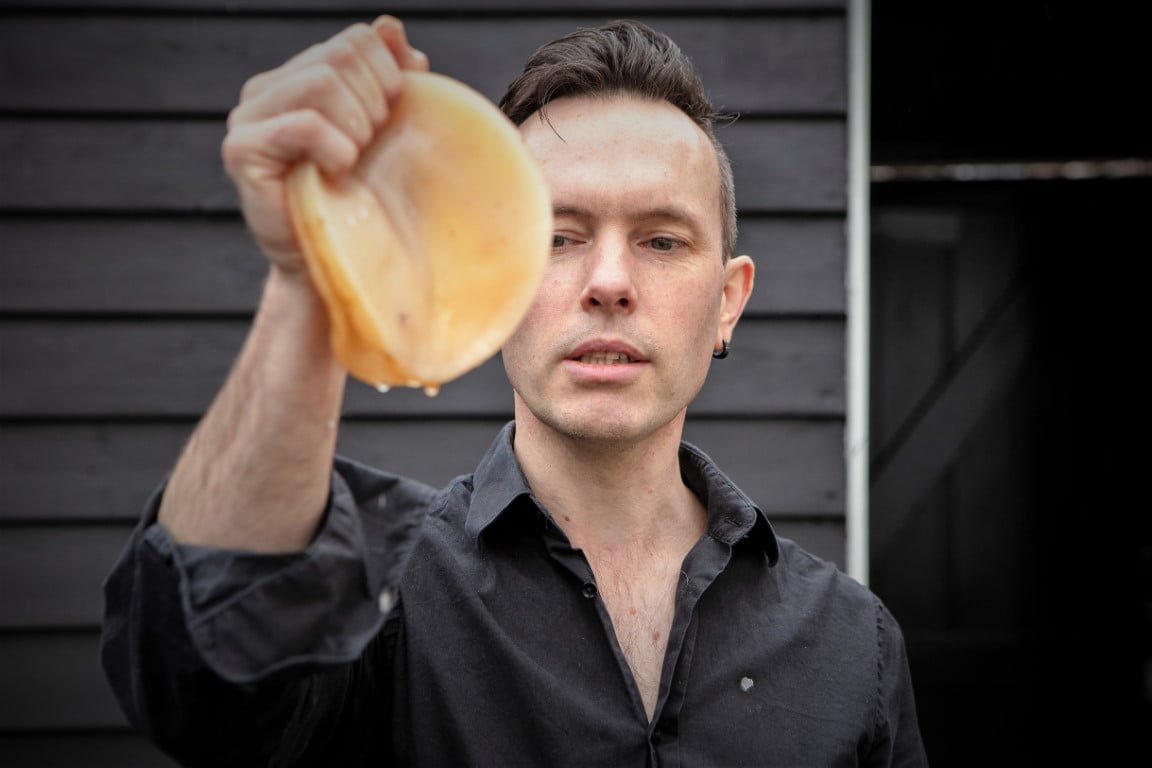
About Meneer Wateetons
About Meneer Wateetons
Meneer Wateetons is a renowned Dutch foodwriter, teacher, fermentation specialist, sausage maker and the owner of startercultures.eu. He has written 9 books on culinary topics such as fermentation, alcohol making, sausages and charcuterie making and deep frying. He has taught many hobbyists, chefs and food professionals about these topics.
Related Posts

How to make cheese (including a recipe)
How do you make cheese? In this blog post we will teach you the basics of cheese making, including a recipe for your first Gouda style cheese!
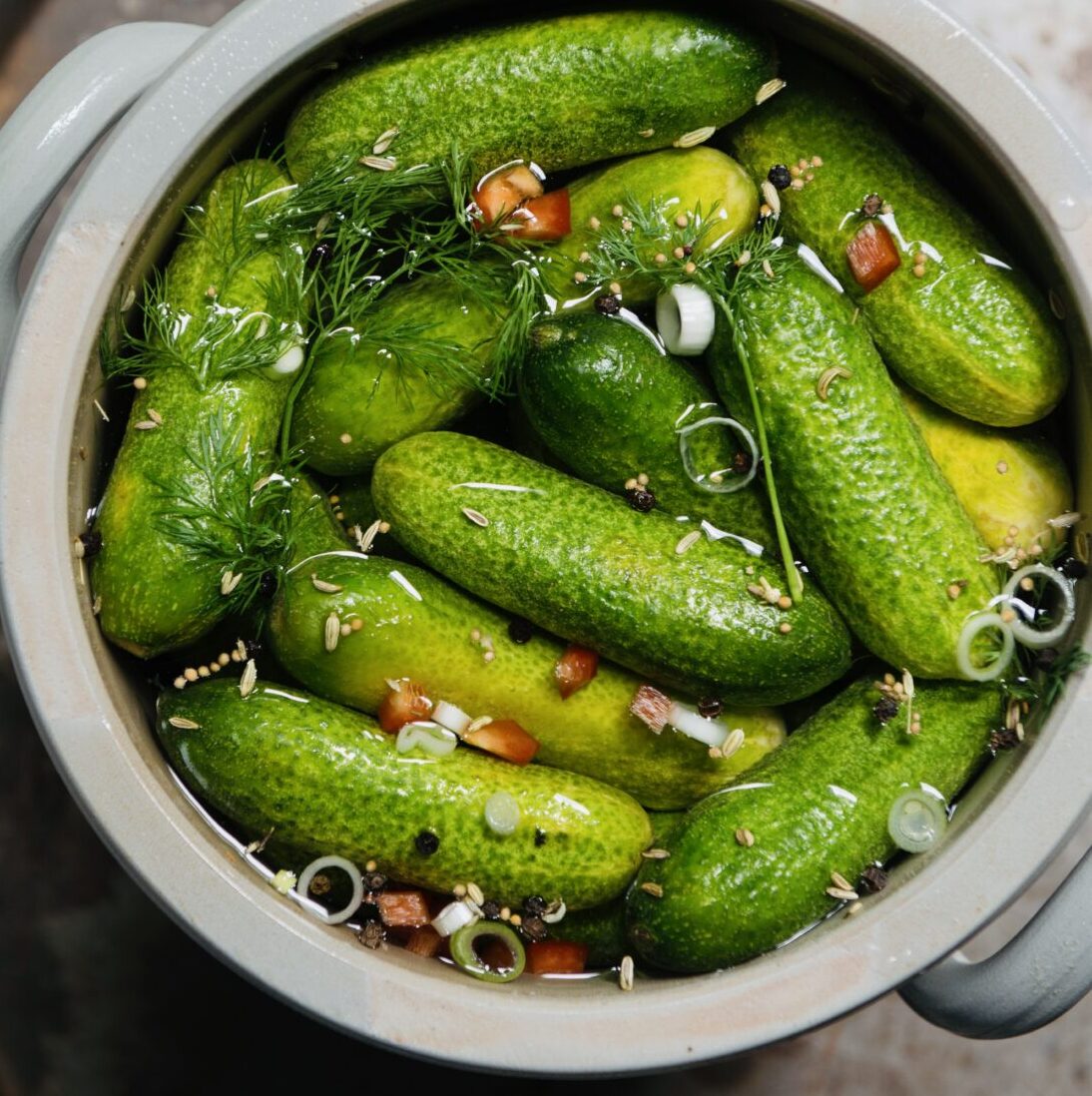
How to make your own real fermented pickles
Learn how to make your own crunchy fermented pickles. Easy recipe with tips, variations, and answers to common questions.
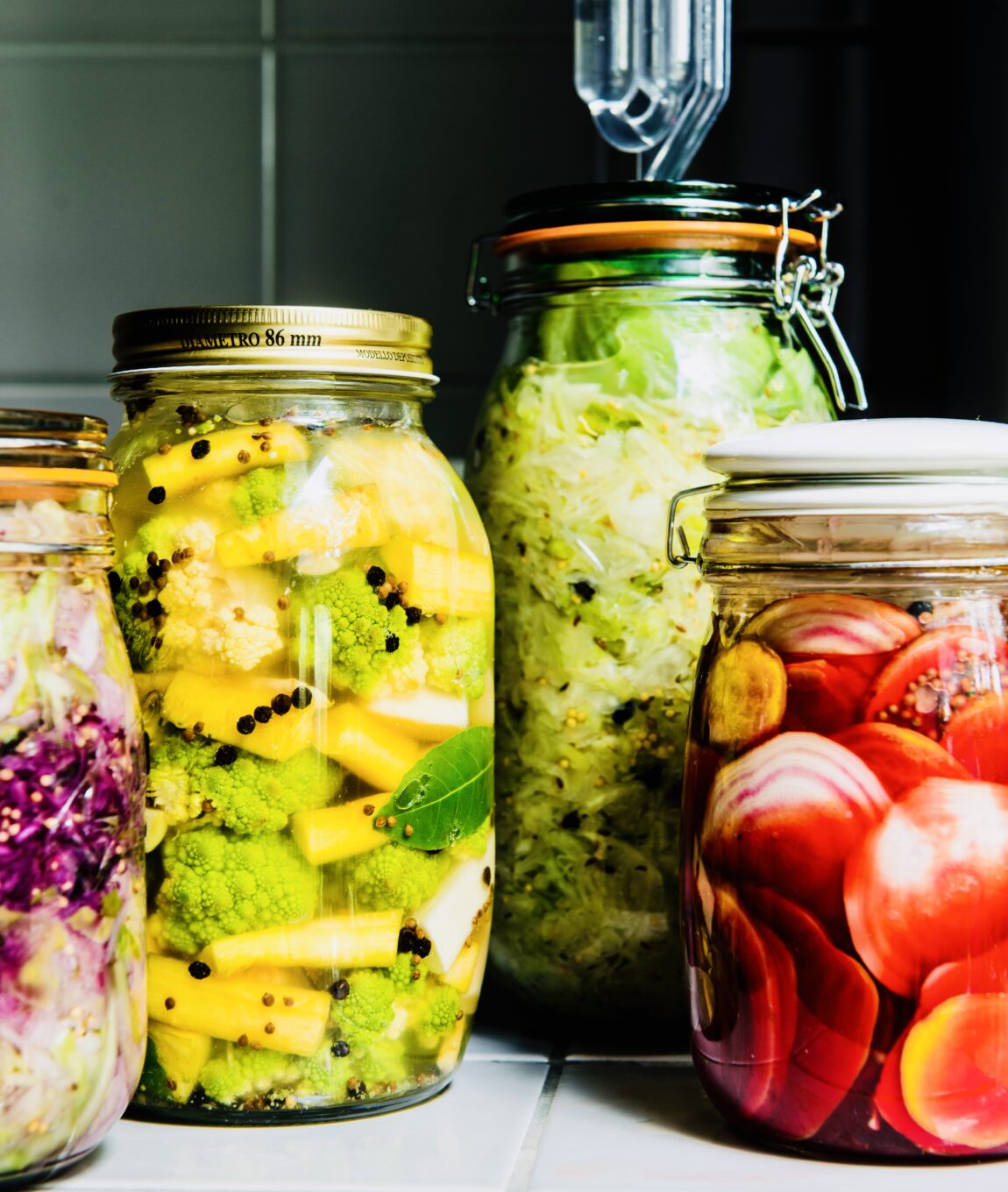
How to Ferment Vegetables: A Beginner’s Step-by-Step Guide
Learn the simple art of vegetable fermentation. This guide covers the science, the right salt ratio, and includes an easy sauerkraut recipe to start your first successful ferment today.


